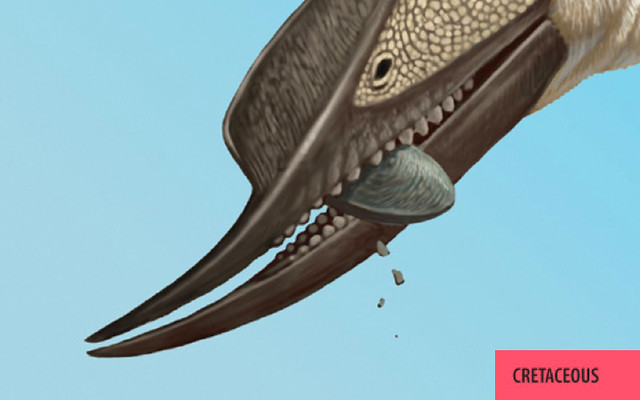Bivalvia

Pacific Littleneck Clam
Leukoma staminea


Sorry, there is no photo available. If you have one, please submit
here
.
3 POINTS
PLAY: LittleNeck Clam has a MOVE of 1. This clam is a filter feeder, and can be considered prey for carnivores.
FACT: The Pacific Littleneck Clam’s concentric rings can be used to determine their age.
cool, warm
Graphic by Bita Mojtahedzadehocean.org/
Leukoma staminea, commonly known as the Pacific littleneck clam, the littleneck clam, the rock cockle, the hardshell clam, the Tomales Bay cockle, the rock clam or the ribbed carpet shell,[2] is a species of bivalve molluscin the family Veneridae.[3] This species of mollusc was exploited by early humans in North America; for example, the Chumash peoples of Central California harvested these clams in Morro Bay approximately 1,000 years ago,[4] and the distinctive shells form middens near their settlements.[5] Like […] read more

Clam
Bivalvia class


Sorry, there is no photo available. If you have one, please submit
here
.
EXTANT | 2 POINTS
Play: MOVE of 1.
The organs of clams are surrounded by watery blood that contains nutrients and oxygen.
warm
Graphic by Raúl Martinwww.amnh.org/
“Clam” is an informal term used to refer to bivalve molluscs. They first appeared in Cambrian age rocks 510 million years ago. [1] They presently live in both freshwater and marine habitats, and range in adult size from nearly microscopic to the giant clam, which can weigh 200 kilograms (440 lbs). Some have life cycles […] read more